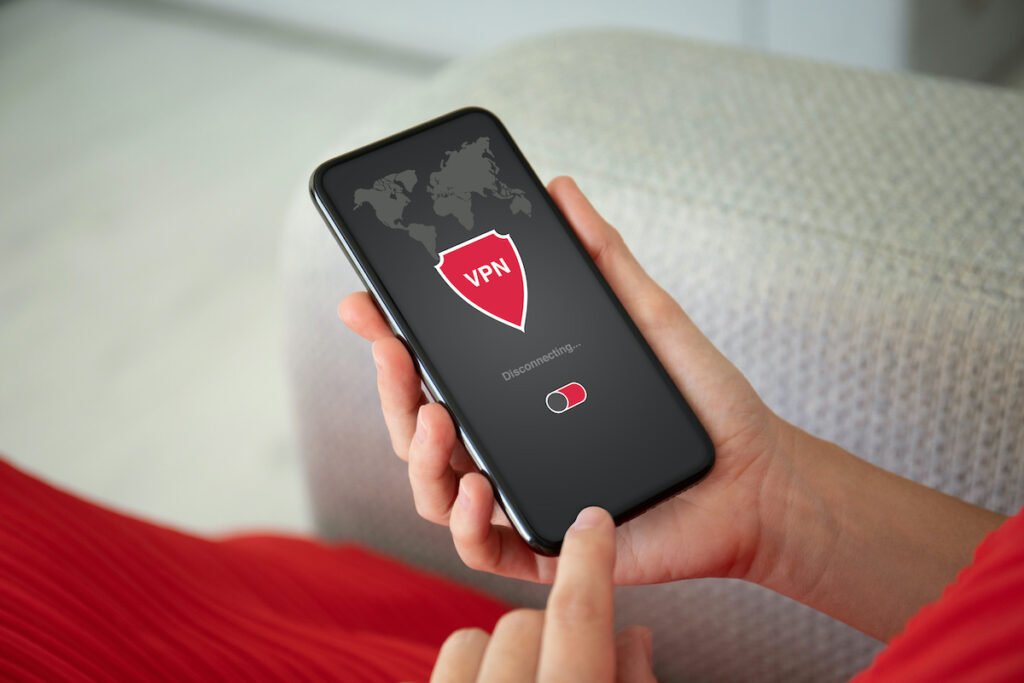Recognizing employees is essential for any successful business. Great leaders are aware of the importance of verbally expressing their appreciation and giving credit to their team members when it is due. However, even with this knowledge, some leaders may still miss the mark when it comes to truly making a positive impact on their employees.
This article will discuss the difference between what I call a “fly-by high-five” and a “motivational minute,” two vastly different approaches to verbal recognition that can have profound effects on employee morale and productivity. Additionally, we will explore how great leaders can effectively use these tools to foster a healthy working environment and create an atmosphere of success in the workplace.
The One Quick Tip To Making Your Verbal Employee Recognition More Genuine
Recognizing employees is essential for any successful business, and one of the best ways to do that is by using “Motivational Minutes”. Great leaders know the importance of verbally expressing appreciation and giving credit to their team members when it is due. However, even with this knowledge, some leaders may still miss the mark on truly making a positive impact on their employees with just a “fly-by high-five.”
This article will discuss the difference between what I call a “fly-by high-five” and a “Motivational Minute,” two vastly different approaches to verbal recognition that can have profound effects on employee morale and productivity. Additionally, we will explore how great leaders can effectively use “Motivational Minutes” as a tool to foster a healthy working environment and create an atmosphere of success in their work environment.
What is a Fly By High Five?
A few years back, I coined the term “fly-by high five” to reference when a leader gives a quick acknowledgment of recognition without going into much detail. It usually takes the form of an enthusiastic statement such as, “Hey Jack, I saw the Clark & Smith account – great stuff there!” These brief affirmations are most often accompanied by something like a high-five or fist bump for extra emphasis. While this type of recognition might be seen as genuine and appreciated by employees, its lasting effects are often minimal due to its lack of specificity and detail.
What is a Motivational Minute?
In contrast to the fly-by high five, a motivational minute is when leaders take time out of their day to really observe what their employees have done well, provide meaningful feedback, and recognize them for their efforts. For example: “Jack, I wanted to let you know that your work on the Clark & Smith account has been absolutely superb. You ensure your clients are kept informed about all aspects of their projects, which sets an excellent example for the rest of the team. It’s clear that you put your heart into every task you do, and I highly appreciate all your hard work.” This type of recognition makes the affirmation more meaningful and has a more significant impact on the employee.
The motivational minute recognition technique is a simple and easy way to more effectively acknowledge and appreciate your employees’ hard work and contributions to your team. Now, don’t stop doing fly-by high-fives, as they have meaning; they just aren’t as impactful as the motivational minute technique. Not only does it provide specific and meaningful feedback, but it also shows employees that their efforts are valued and appreciated by the organization.
3 Tips For Leaders To Effectively Use Verbal Recognition
- Make it specific: When praising employees, try to focus on specific tasks or achievements rather than general statements that don’t provide much context or appreciation for their effort.
- Make it sincere: Employees can tell if you are being genuine, so make sure your words come from your heart and reflect true admiration for what they do rather than just lip service.
- Make it timely: Timing plays a vital role in how effective verbal recognition can be, so try not to wait too long after someone does something noteworthy before acknowledging them for it.
With consistent verbal recognition presented in different forms — from fly-by high fives to more detailed motivational minutes — you can create an inspirational workplace where everyone feels valued and motivated towards success.
Leaders who take steps to improve employee recognition practices will reap many benefits in terms of increased engagement and loyalty as well as improved organizational performance overall. So if you want your employees to feel genuinely appreciated and motivated at work, start by putting more effort into verbal recognition – because sometimes words really do mean more than actions!
Related Resources: Back to Basics: What is Employee Recognition?




